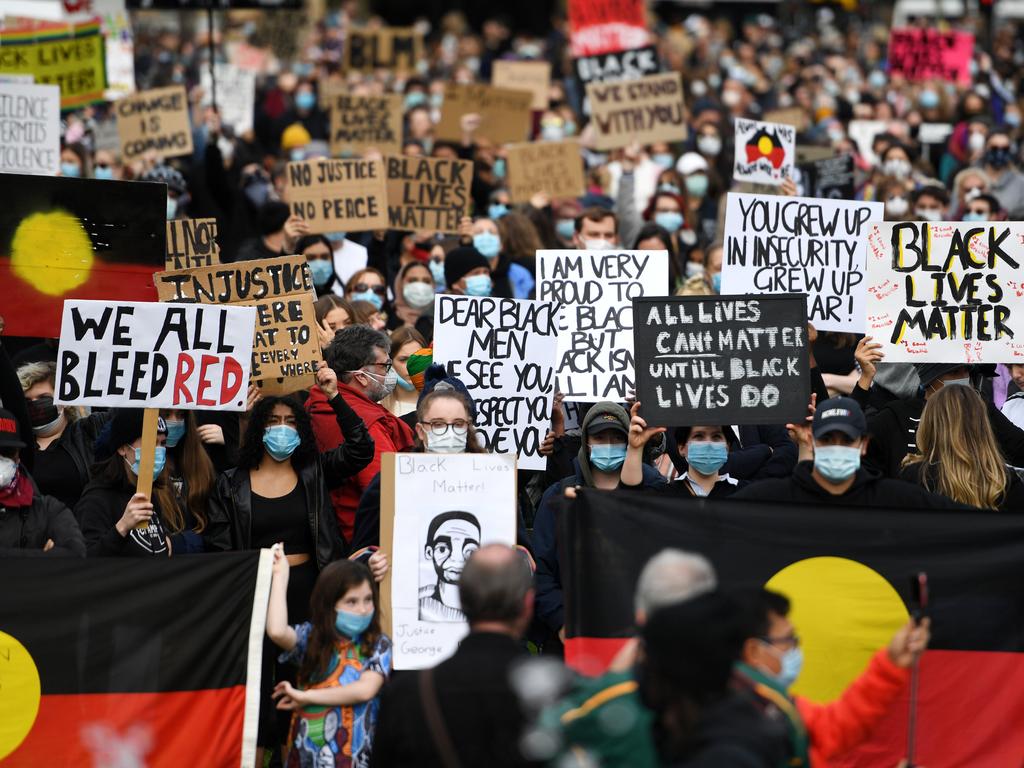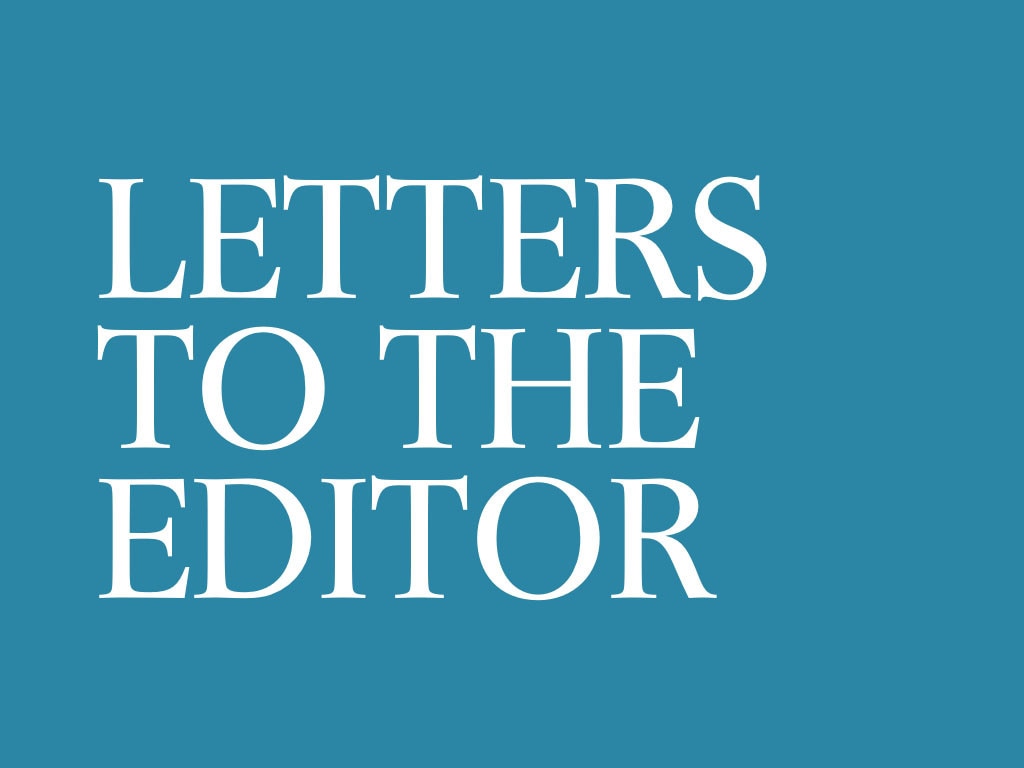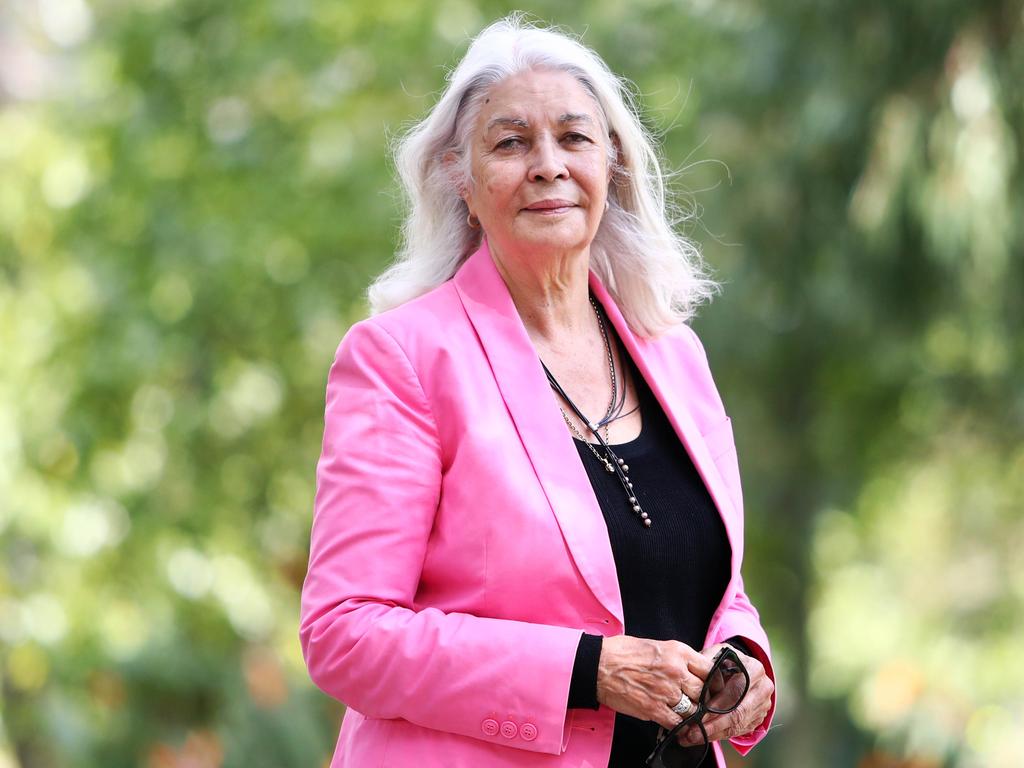‘Work is done, now put the Indigenous voice to a vote’, says Megan Davis
Enough work has been done on a proposed model for the Indigenous voice for Labor to prepare the foundations for the referendum, says one of the architects of the Uluru Statement from the Heart.

Enough work has been done on a proposed model for the Indigenous voice for Labor to prepare the foundations for the referendum, says one of the architects of the Uluru Statement from the Heart.
Megan Davis, a Cobble Cobble woman and Balnaves chair in constitutional law at the University of NSW, is among the proponents of an Indigenous advisory body – known as the voice – who believe Australia is ready to decide whether to include a reference to it in the Constitution.
Professor Davis argues in an essay in Inquirer on Saturday that a decade of work involving Aboriginal and Torres Strait Islander people is the foundation for a process to settle the voice’s structure in legislation.
“This is a better approach that than setting out a full, detailed model of the voice prior to before a referendum,” Professor Davis writes. “Legislation never precedes the power.”
Closing the Gap co-chair Pat Turner, a former chief executive of the Aboriginal and Torres Strait Islander Commission, has said the voice proposal lacks “meat on the bones”. Ms Turner served on a Coalition-appointed senior advisory group that culminated in a detailed proposal for local, regional and national voices. Professor Davis says the work already completed on the voice is in plain sight.
“This is a decade-long public policy agenda that has been in plain sight and supervised across four prime ministers with two parliamentary inquiries supervised by the parliament and two panels of experts constituted by two prime ministers, all of whom are representatives of the Australian people,” Professor Davis writes.
“Now, in the 11th year, a prime minister has committed to a referendum. The idea that there is no meat on the bones of what a voice might look like is a furphy.”
Professor Davis’ essay on the path to a voice cites the work of Indigenous academics Marcia Langton and Tom Calma, who were appointed by former Indigenous Australians minister Ken Wyatt to oversee a proposed design for a legislated voice.
Professor Davis writes that their final report, almost 300 pages, was useful with good ideas but the proposed model had not been taken to communities to consult. Also, Professor Davis wrote, the Coalition released it shortly before Christmas 2021 and few people had read it.
Professor Davis believes that report, the culmination of two years of work, should be “in the mix” when the design of the voice is decided.
She named two other contributions to the voice as key: the 2018 joint select committee on the voice co-chaired by Labor senator Pat Dodson and Liberal MP Julian Leeser and the 2017 meetings of Aboriginal and Torres Strait Islander people around Australia on constitutional recognition. Those meetings led to the Uluru Statement from the Heart and its call for a constitutionally enshrined Indigenous voice.
“We can draw from the three processes a set of shared design principles for the formation and operation of the voice and a process that draws together best-practice engagement with our communities,” Professor Davis writes.
Professor Langton, a longtime supporter of an Indigenous voice, has warned there are risks in going to a referendum on a constitutionally enshrined voice to parliament without a fully formed model describing how the body would work.
Professor Davis’ essay sets out the wishes of more than 1100 Indigenous Australians at the 2017 “dialogues” held in every state and territory.
“From what we heard on the ground during the dialogues – from people whose voices you never hear in opinion columns or on The Drum – was they’ve never felt more powerless or voiceless,” Professor Davis writes.
“Their desire was to have a say in the policies and laws that impact them directly.”








To join the conversation, please log in. Don't have an account? Register
Join the conversation, you are commenting as Logout